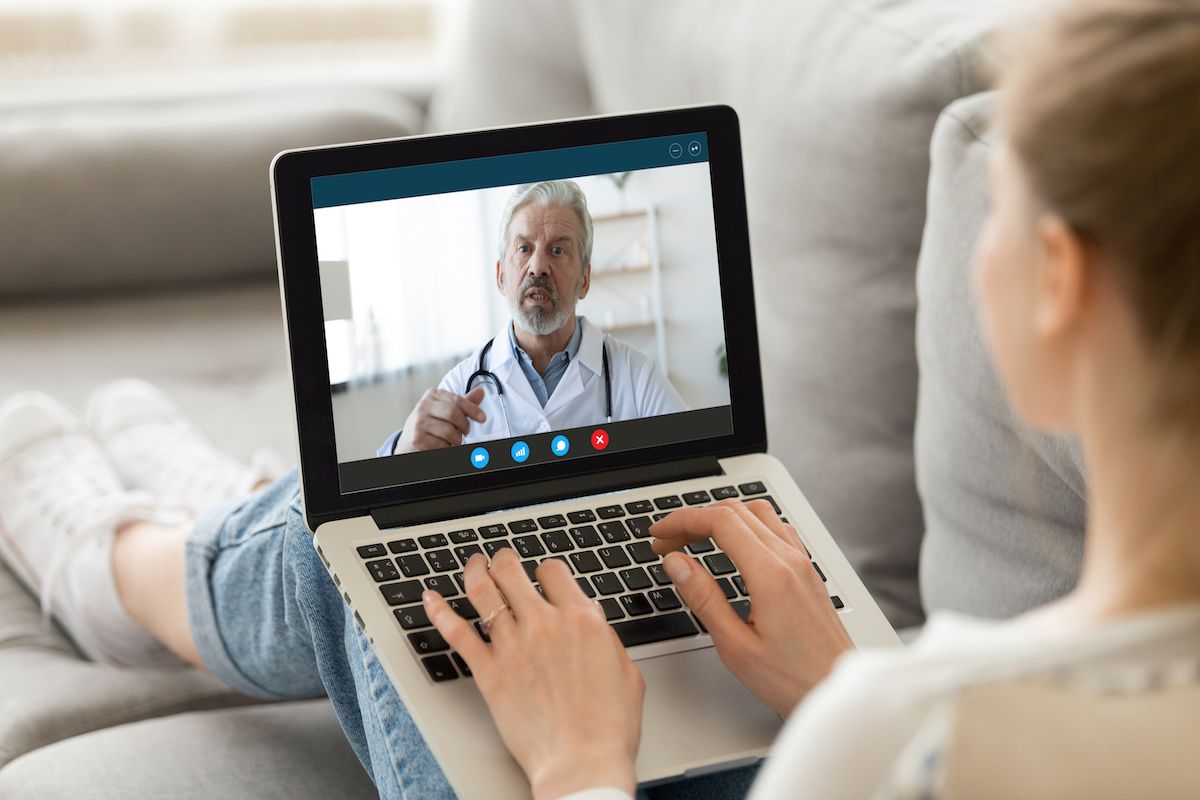
Virtually global: Mobile health care market set for $26 billion
Clearly, the world is embracing mHealth.
Health care info communicated via mobile devices is being incorporated by consumers and health care professionals worldwide, creating an industry slated to be worth $26 billion this year, with 33.5 percent growth projected annually through 2020.
On the provider side, some 84 percent of physicians in the U.S. now use smartphones for professional purposes, while 66 percent of the country’s top hospitals have mobile apps for consumer use (about 40 percent proprietary). On the consumer side, 62 percent of U.S. smartphone owners have used their devices to find information about health. And a whopping 97,000 mostly free health and fitness-related mobile apps are now available on Google Play and the Apple App Store, logging some 4 million downloads daily.
The world is quickly coming to terms with the many conveniences and benefits brought about by such technologies. Advantages include 24-hour access to centralized patient health records; real-time data from patient wearables; efficiencies from virtual meetings, virtual training, and virtual administration; cost savings from remote consultations and diagnoses; and the ability to instantaneously share photos, lab results, research, referrals, appointment reminders, and other crucial information.
Although health care technology is increasingly being designed with HIPAA compliance in mind, however, compliance and IT security regulations remain an issue. Perhaps of most concern is minimizing the risk of patient data leakage from connected devices that are lost or stolen. Questions have also arisen about permission control, data anonymity, and confidentiality. The National Cybersecurity Center of Excellence is working with healthcare providers on such issues by analyzing individual security challenges, then developing cost-effective security platforms that combine IT solutions.
Further mHealth challenges revolve around logistics such as how to store and manage data or how to optimize network capacity, compatibility, and interoperability. Some organizations also lack the financial resources, capacity for training, or affinity for the change needed to maximize mHealth solutions.
Analysts expect future innovation in mHealth to center around the following:
- Digital assistants such as Siri, Cortana, Alexa, and Google Assistant may soon be optimized to support mobile health by detecting and helping address health conditions.
- Wearables will grow in use and effectiveness, moving beyond today’s models that track exercise, nutrition, sleep cycles, medication use, emergency events, and health metrics.
- Telemedicine devices and apps such as Tyto and MedWand will increasingly allow patients to complete at-home tests to send to physicians.
- IT specialists will determine how to better integrate the wide variety of technologies available across hospitals and individual providers. For example, a promising mobile health operating system called Medopad was reviewed at last year’s IoT Tech Expo in London. The centralized platform provides software, security, data connectivity, and other functions across major London hospitals, performing functions like optimizing Apple Watches for patient chemotherapy treatments, transmitting info from Google Glass-wearing surgeons, and soliciting opinions from multiple doctors about patients' conditions.
With the rapid pace of advancement, the world of medicine may look completely different in another decade.
“Few tools have come around that have the potential to alter the way an entire industry operates like mobile devices,” advises Mario Gutierrez, executive director of the California-based Center for Connected Health Policy. “The shift to telemedicine is inevitable. This is not a fringe technology, it is very much in the mainstream.”
Share:
Got a project?
Harness the power of your data with the help of our tailored data-centric expertise.
Contact us